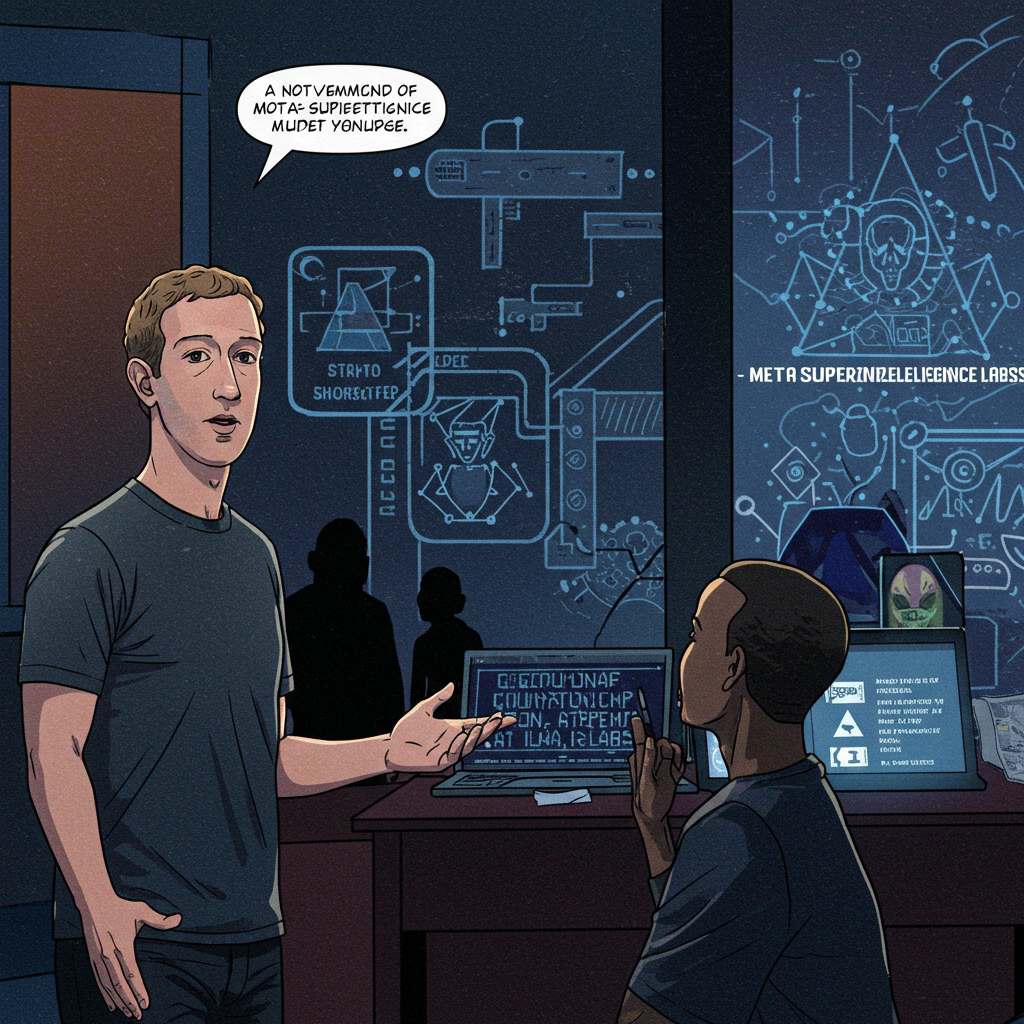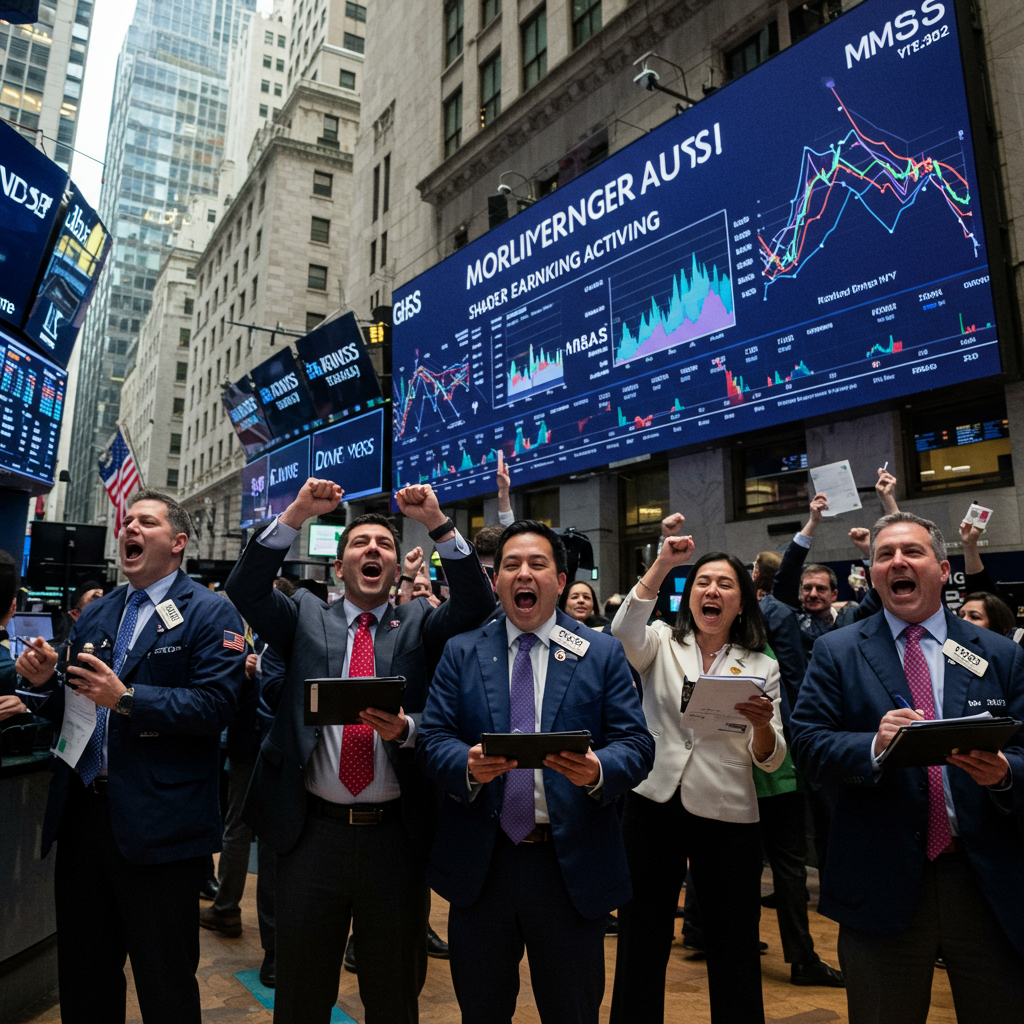Former US President Donald Trump often highlighted business investment as a major triumph of his administration, sometimes calling tariffs his “favourite word” but consistently praising the influx of capital as evidence his policies were unleashing unprecedented economic growth. He frequently asserted that under his leadership, businesses had “practically committed” over $12 trillion in new investment, a figure he claimed represented numbers “nobody’s ever seen.”
Such a number would indeed be remarkable, potentially tripling the roughly $4 trillion in gross private investment reported by the US in the year prior to his tenure. But did reality match the rhetoric? An analysis of the data, expert perspectives, and the administration’s own figures reveals a significant gap between the claims and the actual landscape of business spending.
The Claims Versus the Data: An Early Look
At the time these claims were prominent, it was still relatively early in the Trump administration’s term, and comprehensive data on business investment wasn’t fully available. The US government releases official statistics on private investment quarterly, meaning early reports only captured a limited window.
Initial data for the first few months did show a strong jump in business investment. However, analysts cautioned that this increase was partly influenced by specific, unrelated factors, such as a data skew caused by an earlier Boeing strike.
Beyond the official numbers, anecdotal evidence and business surveys pointed to a far more incremental impact from the new administration’s policies than the president claimed. Economist Nick Bloom of Stanford University, who studies the impact of uncertainty on business decisions, noted that the limited data available likely reflected investment projects that were already planned and ordered before the new administration took office. He speculated that overall business investment might even be slightly down due to elevated policy uncertainty, which tends to make companies hesitant to commit to large capital projects.
Scrutinizing the White House Tally
A significant point of discrepancy arose when examining the basis for the “$12 trillion committed” figure. The White House itself maintained a running tally of announced investments, often citing commitments from high-profile firms like Apple and Hyundai as proof of policy success.
However, even the White House’s own list fell far short of the president’s public claims. By early June, their total figure for new announced investments stood at approximately $5.3 trillion – less than half of the $12+ trillion figure Trump cited.
Furthermore, this $5.3 trillion tally was itself significantly inflated. An analysis revealed that a considerable portion – roughly a third – of the investments on the list were for projects that were at least partially in the works before Trump took office. Examples included pre-existing plans like Corning’s $1.5 billion plant investment (where the core $900 million was announced earlier) and Stellantis’s $5 billion factory plan (initially promised years prior).
Adding to the inflation, some commitments included in the tally weren’t traditional business investments in physical assets or R&D. For instance, Apple’s widely cited $500 billion pledge included spending on existing employee salaries and taxes – expenses that aren’t typically classified as new business investment.
The Analytical Reality: Much Lower Figures
More rigorous analyses painted a vastly different picture. According to analysis by Goldman Sachs, the actual new investment stemming from the announcements on the White House list likely totaled closer to $134 billion as of mid-May.
This figure shrank even further, to as little as $30 billion (excluding investments backed by foreign governments), once researchers factored in the risk that some announced projects might never materialize, or would have happened regardless of the new administration. Goldman Sachs concluded that while such increases were “not negligible economically,” they “fall well short of the recent headlines.”
When confronted with these discrepancies, a White House spokesman dismissed the criticism, calling it “pointless nitpicking and hairsplitting.” He maintained that the administration’s “multifaceted approach” was demonstrably paying off, noting that many firms did explicitly credit Trump and his policies for shaping their plans. However, the scale of the claimed impact remained unsupported by the underlying data.
Why the Discrepancy? Corporate Incentives and Uncertainty
Part of the explanation for the inflated figures lies in the potential incentives for companies operating under the administration. Martin Chorzempa, a senior fellow at the Petersen Institute of International Economics, suggested that given the administration’s willingness to actively intervene in the economy through policies like tariffs, making large, flattering investment announcements could be a way for firms to gain leverage or favor. He noted there’s a “strong incentive for companies to provide as large a number as possible” in public statements, without necessarily being held strictly to those pledges if conditions change.
While the overall investment picture wasn’t the surge claimed, specific policies did have some impact in certain sectors. Stephen Farrelly, global lead for pharma and healthcare at ING, stated that tariff threats had “definitely been a catalyst” for pharmaceutical firms to plan more manufacturing in the US, particularly for branded drugs (a key source of sector profits).
However, he added crucial caveats: these investments often unfold over many years, sometimes a decade, and are occurring in a sector that was already poised for growth. Furthermore, this hasn’t translated into increased US production of cheaper generic medicines, which are typically made in China and India and relied upon by many Americans. Farrelly also warned that long-term uncertainty regarding government approaches to tariffs, drug pricing, and scientific research could put future pharma investments at risk.
Beyond Policy Tools: Underlying Economic Hurdles
Ultimately, many analysts expected overall investment growth in the US to slow due to policy uncertainty. Economist German Gutierrez of the University of Washington agreed that boosting US investment is a worthy goal, but argued that the administration’s focus on global competition and tools like tariffs misdiagnosed the fundamental issues.
His research indicated that a significant factor behind the decline in investment is increased industry consolidation. As a few large firms come to dominate sectors, there’s less competitive pressure and thus less incentive for them to invest heavily in new facilities or technologies. Additionally, the types of investments companies are making have shifted towards less capital-intensive items like software, rather than large-scale physical assets like machines and factories. Gutierrez concluded that tariffs were unlikely to address these deeper structural problems, suggesting the chosen instruments were not the most effective way to achieve the investment goal.
In conclusion, while President Trump’s administration touted unprecedented levels of business investment, the reality, based on official data analysis and expert consensus, indicates that the claims were significantly overstated. The figures cited included pre-existing plans and non-traditional spending, and the actual new investment stemming from announcements was a fraction of the headline numbers. While specific policies like tariff threats spurred limited activity in some sectors, underlying economic issues and persistent policy uncertainty remained significant factors shaping the true investment landscape.



